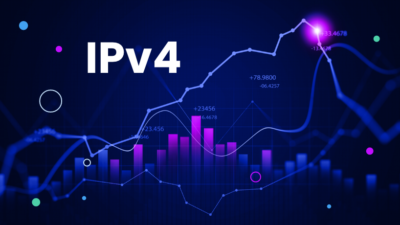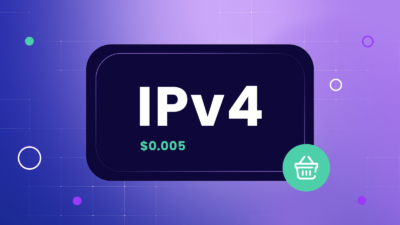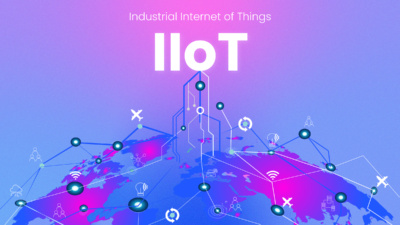The 6th RIR Podcast: IPv4 Depletion & Possible Solutions
4 min read
22 November 2022
Agnė Srėbaliūtė
Why did we run out of IPv4? How can we alleviate the problem? Is IP leasing the answer? Here's your recap of the latest The 6th RIR Podcast episode.

About the author
Agnė is a Technical Content Writer at IPXO. For more than 15 years she has been molding her skills in various fields, including PR copywriting, SEO copywriting and creative copywriting. Her lifestyle is based on continuous learning through numerous areas of interest, leisure activities and travelling. Addictions? Hiking and coffee.
Table of contents
Related reading

16 October 2023 •
IP Management,
IPv4 for Business
The Rising Value of IP Addresses as a Global Commodity
The interaction between IP address sale prices and the broader economic landscape not only emphasizes the perceived financial value of these digital assets but also uncovers a link between…
Read more
14 September 2023 •
IPv4 for Business
Opinion: AWS Sets the ROI Benchmark for IP Addresses
Explore the significance of Amazon Web Service's new IPv4 pricing model - a paradigm shift in IP address leasing rates.
Read more
8 August 2023 •
IPv4 for Business
Industrial Internet of Things: Use Cases and IPv4 Addressing Challenges
Explore the promising trajectory of the Industrial Internet of Things (IIoT) and the vital IPv4-IPv6 transition for ensuring sustainable innovation.
Read moreSubscribe to the IPXO email and don’t miss any news!

